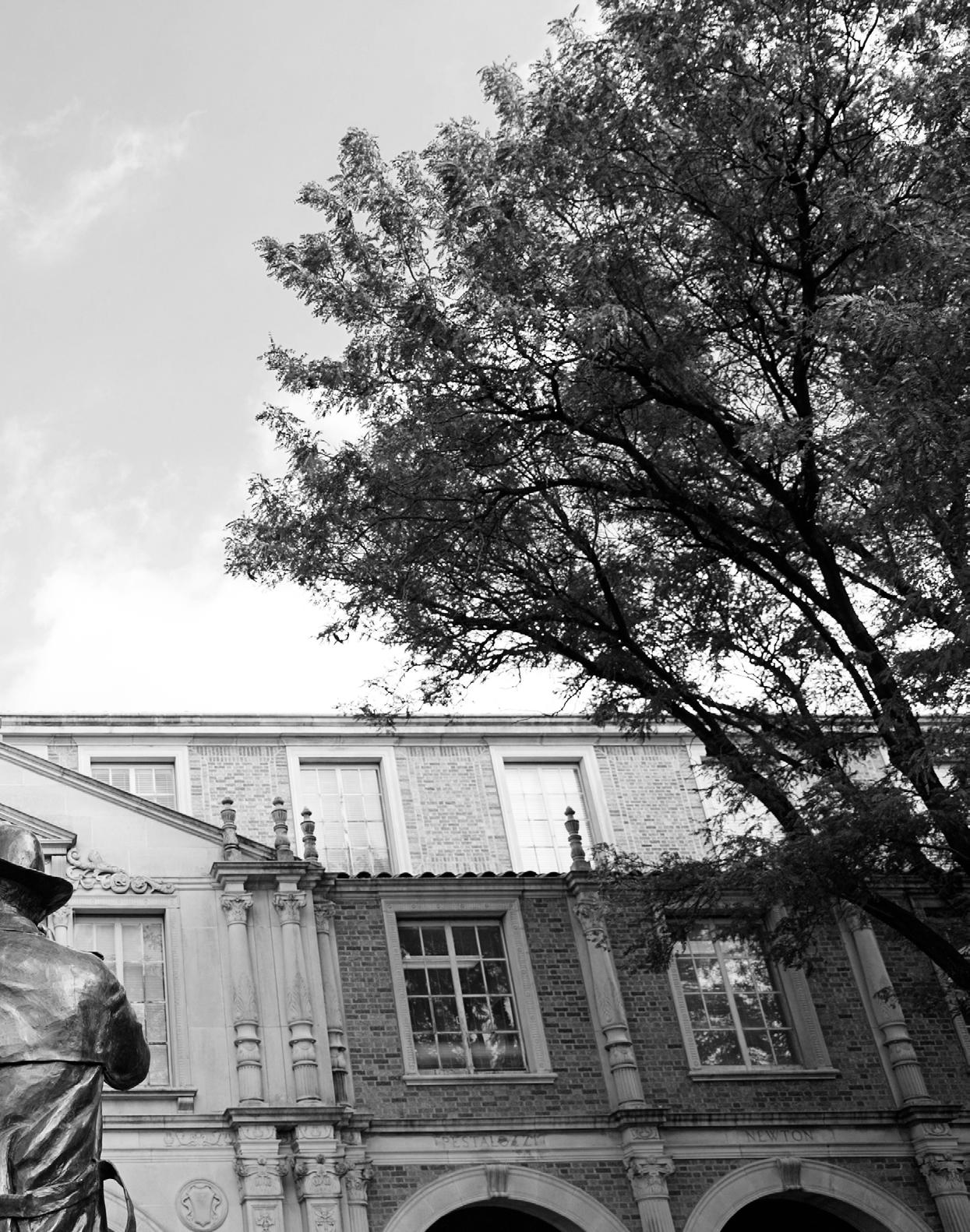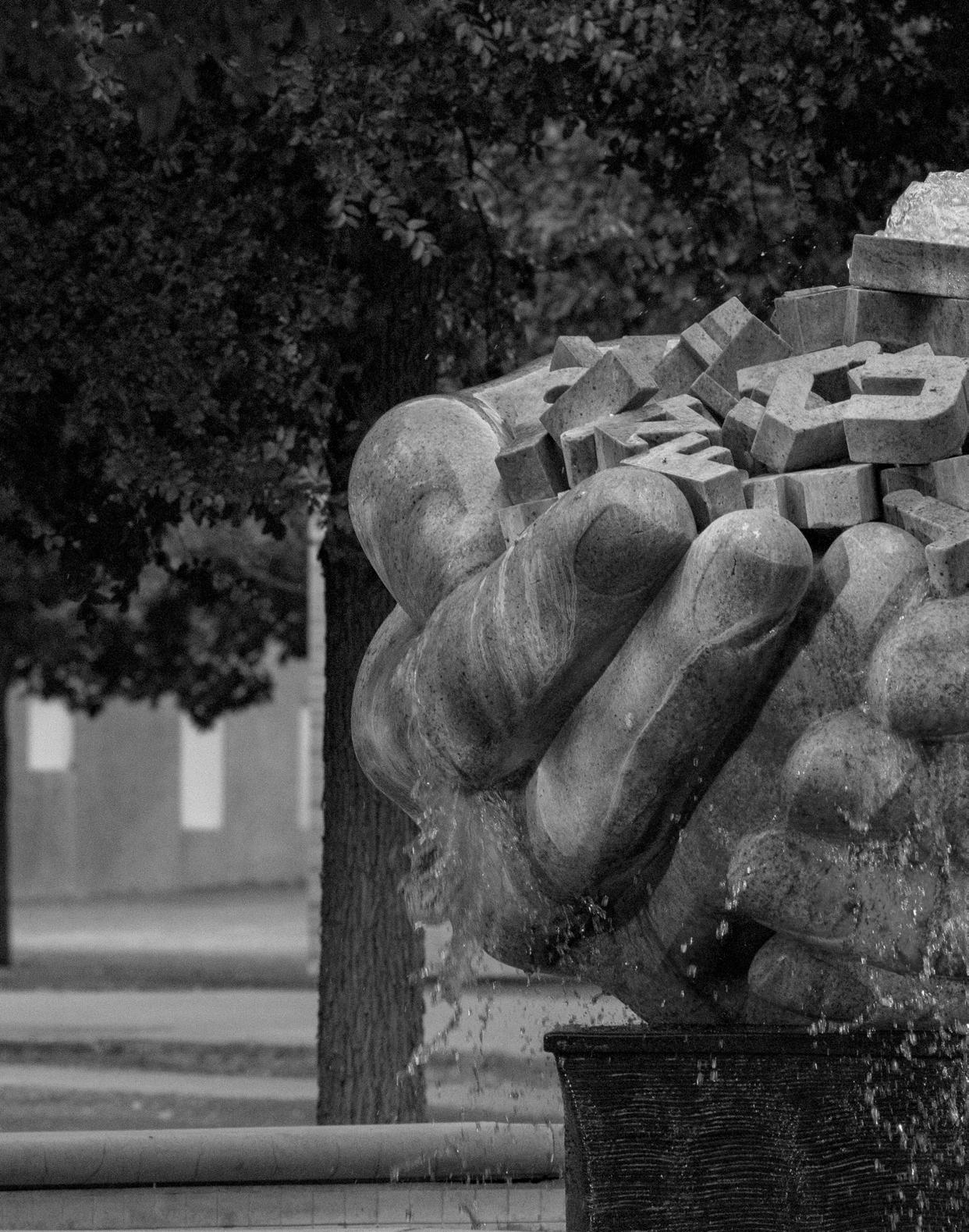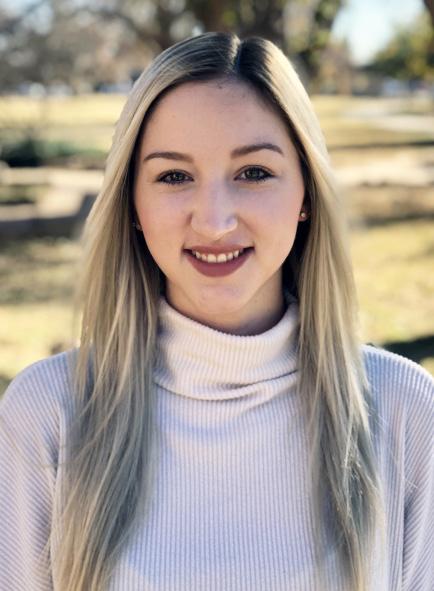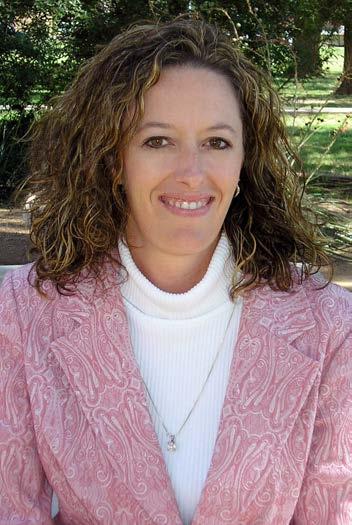
7 minute read
2020: Registrar Office Retrospective
by ttureg
By Brenda L. Martinez, Sr. Associate Registrar
History is full of moments in time where people are called upon to act and react in unique and different ways. Those moments are usually marked and associated with tragedies of one nature or another.
Advertisement
It is easy to become mired in negativity, however, those events also serve as moments that allow great heroic action to come forward and shine as never before. It is often only in the rear-view mirror that we can fully appreciate and recognize those actions.
While our annual report typically celebrates our prior academic year’s achievements, we would be remiss to not focus upon Spring and Summer 2020, where the staff of the Office of the Registrar met and overcame challenges never seen before. The global response to the Covid-19 Coronavirus pandemic proved what an ever-changing and interdependent world we now live in.
In mid-March, during Spring Break and as COVID-19 numbers rose, the order came from President Schovanec: shut down the campus and move to remote operations. We took a deep breath and (after the shock subsided) went to work. All available laptops were secured and reassigned to staff who needed them. Some volunteered use of their personal equipment; some put together packages of office supplies; some helped to load equipment and resource boxes into vehicles. Vendors were notified to add messaging to our transcript and diploma order website. Only electronic processes would be available. A project to move FERPA authorizations to an online form was fast-tracked and made operational. Within two days almost all staff were equipped and working from home, and all Registrar processes were online with the exception of one: reissued diploma orders.
The office had dallied in using Microsoft TEAMS, but now it became a critical part of negotiating communication and projects in the midst of chaos and ever-changing guidelines and instructions. There were so many questions to be answered. How long would we do this? Is this sustainable? What if this agency needs something, or this student has requested something else, or our internet goes down? Supplies still had to be ordered and there were meets arranged to pick up and exchange items. Leaders began to step forward from all levels and areas of the office: those who stayed calm, those who figured out solutions, those who took on new responsibilities to help others.
As higher education institutions across the state and nation began to look toward how to finish the term, the Registrar’s office researched and provided input on numerous ideas and suggestions: credit and no credit grading options, drop counts and state drop limits, state and national guard student options, extended deadlines, finals. There were laws, new opinions, and guidance from the Texas Higher Education Coordinating Board to review and analyze. What could we do and how could we achieve it?
All of this as we continued to steadily maintain service and responsiveness not only to our campus, but most importantly, to students and parents. Online advance registration came and went. We continued to do the best we could to answer the many questions coming our way from all directions.
The spring term ended, and we faced a monumental task: optional credit or no-credit. The final process required faculty to submit grades as normal. Colleges ensured the lowest late grade submission rate we had ever seen. Advisors had been counseling students on the advantages and disadvantages of electing credit or no credit grading for each class, and once the final grading deadline passed, students had 48 hours to decide. The Registrar processing staff was approved to go to campus, and we got to work. All of the “normal” peak period end of term processing was still required, and then we added more than 15,600 manual record changes to our shoulders. There were long hours and few breaks. One mammoth session lasted until 3:00 a.m. in the morning before we took a four-hour rest break at the end of that 20-hour day. And we were not alone as our colleagues across campus feverishly submitted requests. During all of this, summer sections and schedules had to move to online formats. Honor roll recognition moved to an electronic format and was very well received as images of President List and Dean List certificates popped up on social media. Summer brought virtual orientations and new challenges for our TSI Compliance Office. Answering questions, encouraging test score submission, and ensuring students could be properly advised regarding TSI and registration
into required coursework seemed, from the outside, to carry on without a hitch, thanks to the efforts of our TSI Compliance staff.
Immediately following end of term concerns, attention started to focus on Fall schedules. The outlook for a full return to campus was doubtful. Our office coordinated with the Office of the President and the Office of the Provost to assist departments in reworking schedules. Modalities had to be updated; rooms rescheduled to adjusted capacities. At the time, the state limited room capacities to 25%. With a measure of hope that COVID-19 might be better under control by Fall, schedules were planned around a 33% capacity.
As the state moved toward a reopening, it seemed we could be more hopeful and reworked the schedule a third time for 50% capacities. These moves involved a Herculean effort from the departments and their schedulers to rethink how they have always done things and move it to a new approach. As some students and parents clamored for more in person classes, an equal number of students and parents demanded only online offerings. Hours were spent on communication, analysis, and recommendations. The Office of the Registrar Course and Section Inventory staff took their turn with overtime and applied creative solutions to help departments achieve goals. Auxiliary spaces were requested for scheduling. Technology orders for classrooms had to be reviewed and installed.
Meanwhile, some staff were ordered back to the office to fill in any gaps in services, even as the doors remained locked. We resumed reissued diploma orders and paper transcripts. Office spaces were reconfigured and new furniture and more equipment ordered in anticipation of a return to semi-normalcy. Inventory and redistribution of hand sanitizer and other personal protective equipment were completed. Formerly closed and locked doors were opened for pass-throughs, while the exterior footprint of the office was more locked down.
The institution remained committed to having an on-campus, in-person experience available for incoming freshmen. Plans began for a welcome back and service station at the United Supermarkets Arena. Instruction cards for commonly asked questions were printed and placed in both 103 and at the USA. Every means by which we could provide a high level of service while reducing the opportunity for COVID-19 to spread were discussed, developed and implemented. In August, we split our office into two teams, Team Raider and Team Matador, to ensure we could keep a team available to be onsite. Each office area was represented on both and worked on new ways of communicating and coordinating our work. Supplies were ordered as we scratched our heads and wondered, “How long will we need to do this?” “For the foreseeable future” seemed to be the answer. The doors were opened to visitors, and we began to test our safety protocols. We were pleased with how everyone responded and tweaked and improved these protocols. Staff embraced daily sanitization of commonly touched surfaces to ensure an additional measure of safety.
Our split staff split even further to service two on-campus locations (103 and USA). Students and parents began returning to campus. Our in-person traffic seemed slower than years past, as everyone seemed more used to going online first. We helped who we could and made notes about how to improve next year.
Collectively, everyone who returned to the office worked together to support one another. Leadership by example was on display by everyone as we stepped out of our roles to help others and learn new skills. The level of teamwork involved was a reminder of what a great team our department truly has.
At the end of August, there was no end in sight for our new normal. We continued to face challenges to arranging future term schedules and registration and drop counts. Workloads were different and increased. Resources were fewer. Each day we were anxious for information that would give us a little more solid clue about what we need to do to take care of our students and our institution. One thing is certain: the lessons we have learned and the ways in which we have seen each other grow and contribute to helping the office fulfill its responsibility to the campus, to each other, and to students current and past is encouraging and something for which each and every member of our team should be proud. As we move forward into the 2020 – 2021 academic year, we are confident that the dedication and commitment of our staff will continue to shine positively and allow us to continue to meet and overcome all challenges with grace.








